When spring rolls around and Easter approaches, our thoughts often drift to the delightful traditions that come with the season. Among them, decorative ceramic eggs hold a special place in many homes. These charming pieces not only elevate your decor but also embody the spirit of renewal and celebration. In this comprehensive guide, I will share everything you need to know about decorative ceramic eggs, their history, styles, crafting tips, care instructions, and how to incorporate them into your home decor.
The History of Decorative Ceramic Eggs
Decorative ceramic eggs can trace their roots back to ancient civilizations, where egg-shaped objects symbolized fertility and new life. In the context of Easter celebrations, the tradition of decorating eggs has evolved significantly over the centuries, particularly in Europe. Countries like Poland, Ukraine, and Russia are famous for their intricate egg designs, using techniques like Pysanky and Fabergé artistry that have become synonymous with Easter.
Why Choose Ceramic Eggs for Easter Decor?
There are several reasons to choose ceramic eggs over other materials for your festive decor:
- Durability: Unlike traditional eggs, ceramic eggs can last for years, making them a great investment in your seasonal decorations.
- Variety of Designs: From classic white to vividly painted patterns, ceramic eggs come in an array of colors, styles, and sizes, allowing you to express your personal taste.
- Ease of Care: Ceramic eggs are easy to clean and maintain, simply requiring a gentle wipe with a damp cloth.
Types of Decorative Ceramic Eggs
Let’s explore the different types of decorative ceramic eggs available in the market:
1. Hand-Painted Ceramic Eggs
These eggs are painted by artisans and often feature intricate designs, ranging from floral to geometric patterns. Each egg is unique, providing a personal touch to your Easter decor.
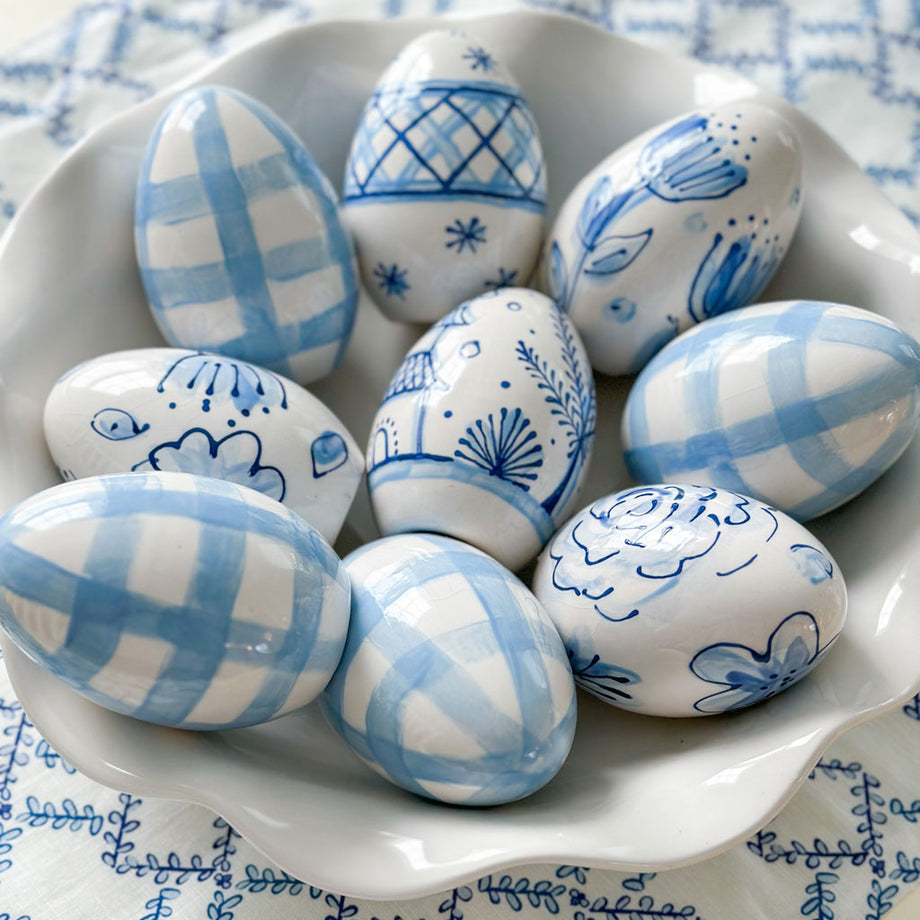
2. Glazed Ceramic Eggs
Glazed ceramic eggs have a shiny finish that enhances their colors and patterns, making them visually striking. The glaze adds a layer of protection, making them more durable and easier to clean.
3. Vintage Ceramic Eggs
Vintage eggs often have a nostalgic charm, with designs reflective of the eras they come from. These eggs can add a historical touch to your decor, connecting past traditions with modern celebrations.
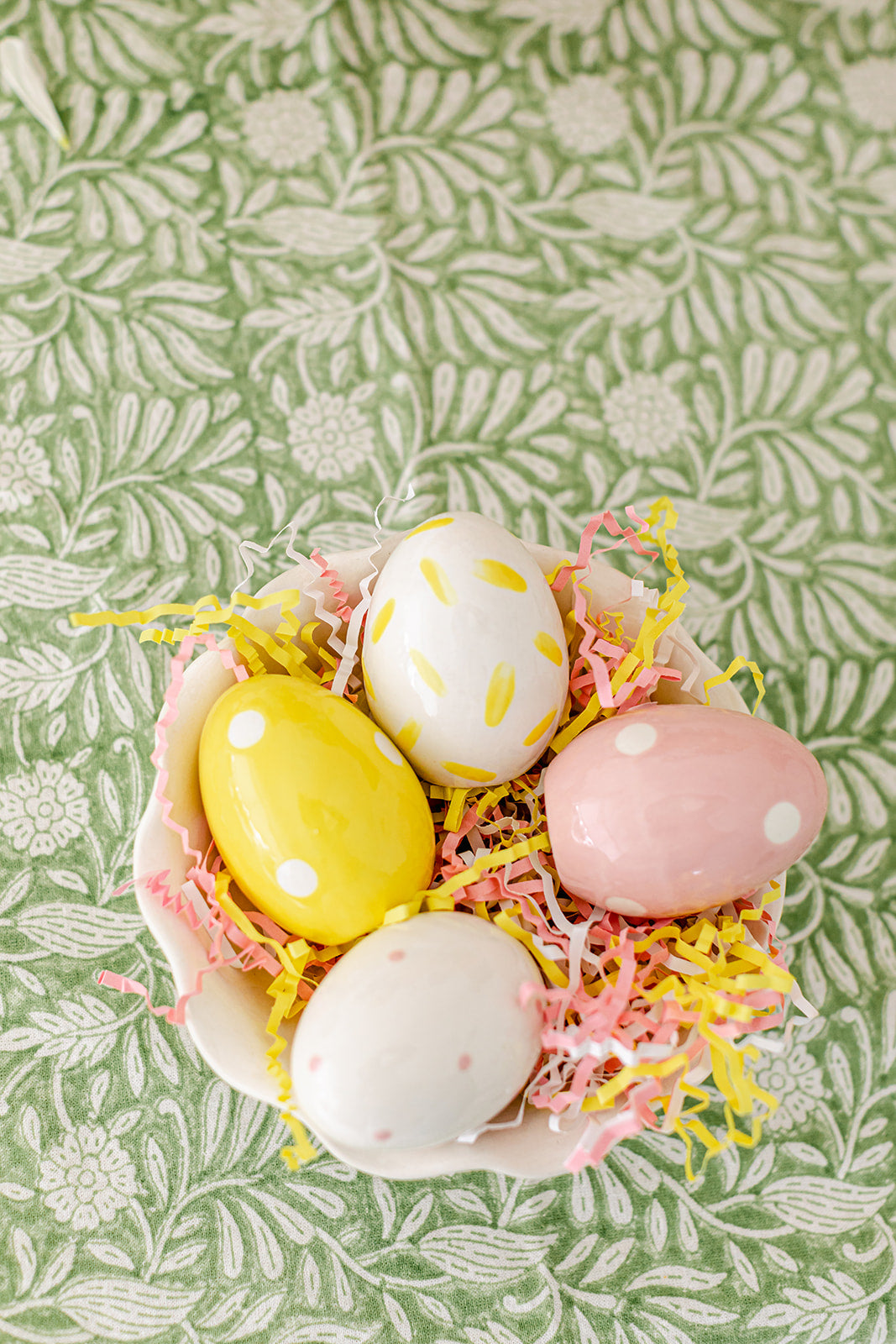
4. DIY Ceramic Eggs
If you’re feeling crafty, you can create your own decorative ceramic eggs. This allows for limitless creativity, as you can personalize each egg to your heart’s desire!
How to Display Decorative Ceramic Eggs
Now that you know the types of decorative ceramic eggs, let’s discuss creative ways to display them in your home:
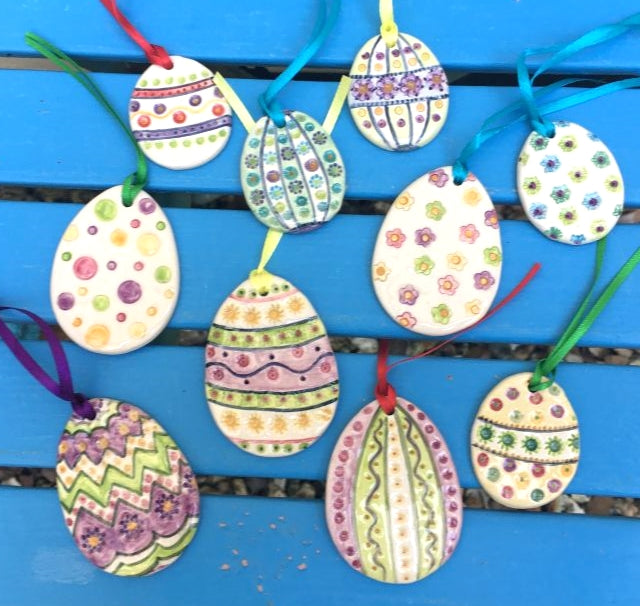
1. Table Centerpieces
Use a decorative bowl or a basket to create an eye-catching centerpiece for your dining table. Place a variety of ceramic eggs in different sizes and colors to create visual interest.
2. Mantel Decor
Arrange ceramic eggs alongside candles, flowers, or other decorative items on your mantel to create a cohesive spring-themed display. You can alternate colors and patterns for added charm.
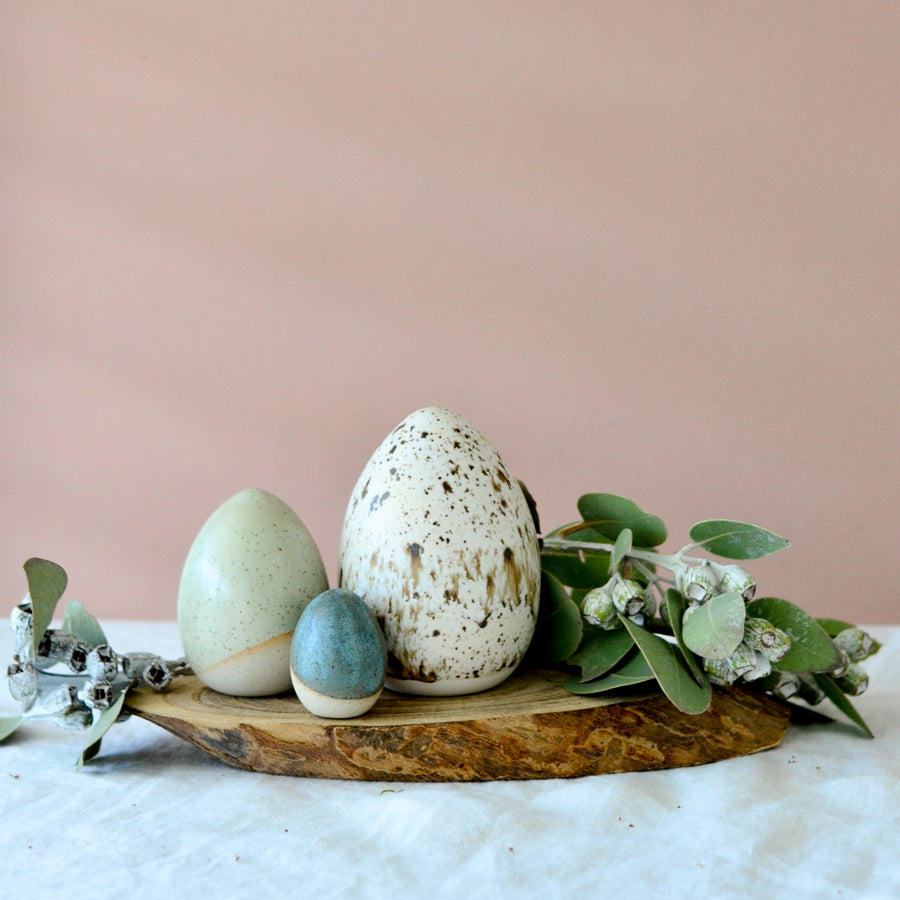
3. Easter Baskets
Incorporate decorative ceramic eggs into your Easter baskets for a whimsical touch. They can serve as delightful fillers, adding a unique twist to the traditional basket.
4. Wall Displays
Hang ceramic eggs on decorative hooks or create an art installation by placing them in shadow boxes. This can transform an empty wall into a stunning focal point that celebrates the season.
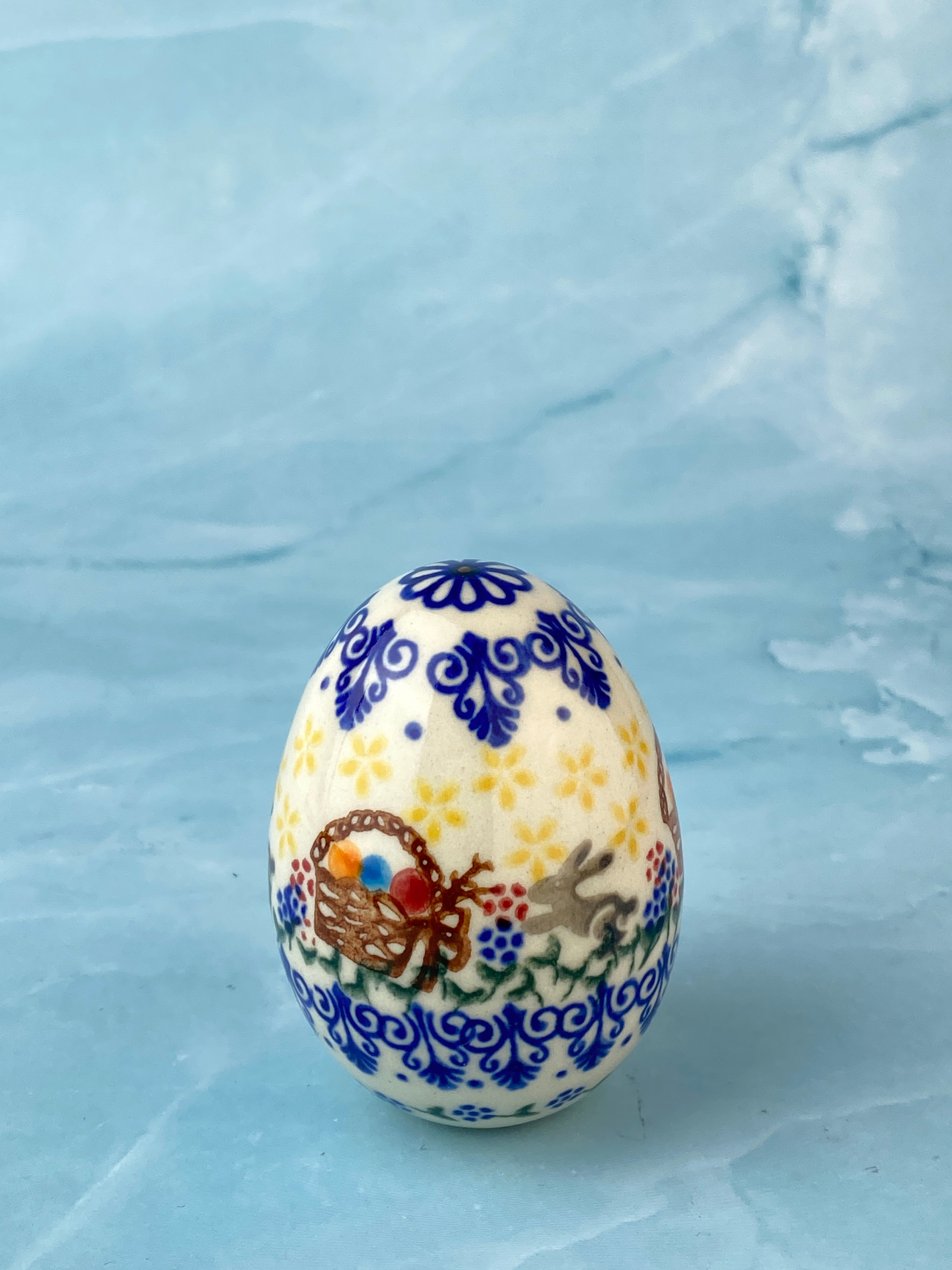
Crafting Your Own Decorative Ceramic Eggs
If you’re inspired to make your own decorative ceramic eggs, here’s a simple step-by-step guide:
Materials Needed:
- Plain ceramic eggs (available at craft stores)
- Acrylic paints or ceramic glazes
- Paintbrushes of various sizes
- A sealant for finishing
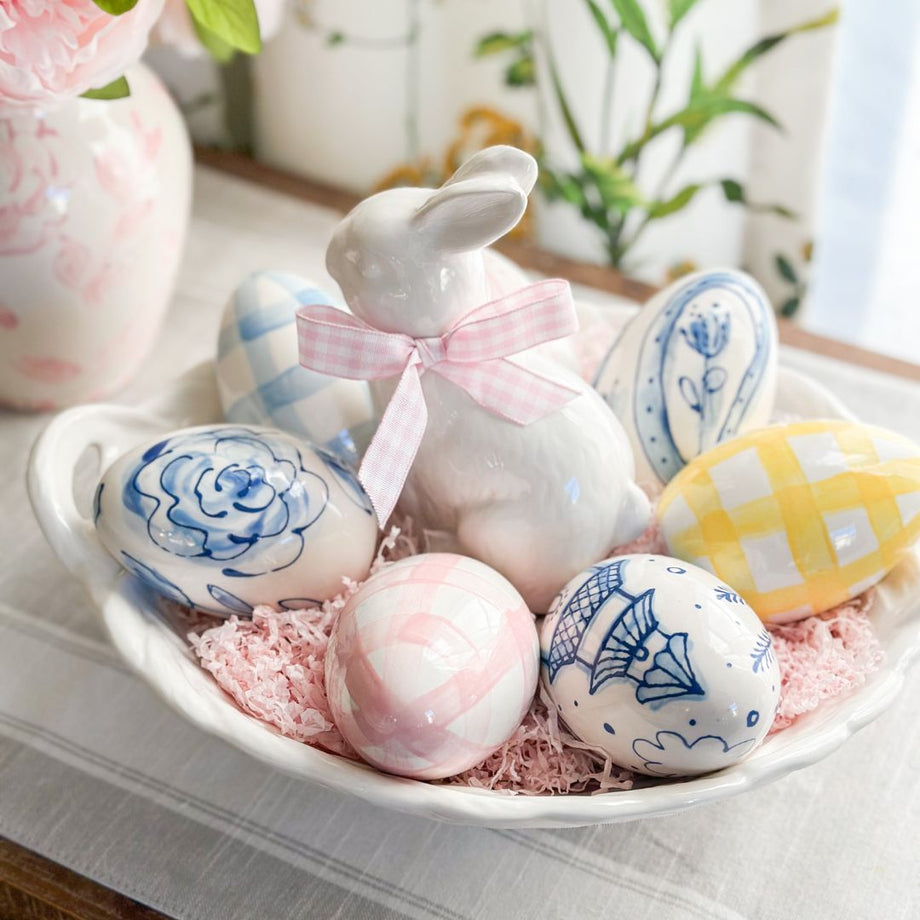
Instructions:
- Prepare Your Work Area: Cover your workspace with newspaper to protect surfaces.
- Paint the Base Color: Choose a base color for your eggs and apply it evenly, allowing it to dry completely.
- Add Designs: Once the base is dry, use smaller brushes to add your desired designs, patterns, or even stickers.
- Seal Your Work: Once everything is dry, apply a clear sealant to protect your designs.
- Display with Pride: Find the perfect spot to display your beautiful creations!
Care Instructions for Decorative Ceramic Eggs
To ensure that your decorative ceramic eggs remain beautiful for years to come, follow these care instructions:
- Dust Regularly: Use a soft cloth or feather duster to remove dust from the surface of your ceramic eggs.
- Cleaning: If needed, wipe them gently with a damp cloth. Avoid using harsh chemicals that could damage the finish.
- Store Properly: If you’re storing your decorative eggs, keep them in a safe, padded box to prevent breakage.
Pros and Cons of Decorative Ceramic Eggs
As with any decor item, decorative ceramic eggs have their advantages and disadvantages.
| Pros | Cons |
|---|---|
| Durable and long-lasting | Can be heavy if large |
| Unique artistic designs | Some may be expensive |
| Easy to clean and maintain | May chip or crack if dropped |
| Suitable for various decor styles | Limited seasonal usage |
Incorporating Decorative Ceramic Eggs into Your Everyday Decor
While decorative ceramic eggs are often associated with Easter, they can also be incorporated into your year-round decor. Here are some ideas:
1. Spring and Summer Decor
Pair ceramic eggs with fresh flowers or greenery in a decorative bowl for a vibrant spring vibe. This can be a lovely addition to your entryway, kitchen, or dining area.
2. Vintage Themes
Use vintage ceramic eggs as part of a nostalgic decor approach, pairing them with antique furniture or other vintage elements to create a cohesive look.
3. Modern Minimalism
In a minimalist home, opt for simple white or muted ceramic eggs displayed on a sleek shelf or coffee table, showcasing the elegance of simplicity.
FAQs about Decorative Ceramic Eggs
Q1: Can I paint my own ceramic eggs?
A1: Absolutely! Painting your own ceramic eggs is a fun and creative activity. Just follow the steps outlined in the crafting section of this article.
Q2: Are decorative ceramic eggs safe for children?
A2: While ceramic eggs are beautiful, they can break if dropped. If you have young children, consider using plastic alternatives or supervising their use of ceramic eggs.
Q3: Where can I buy decorative ceramic eggs?
A3: Decorative ceramic eggs can be found at local craft stores, online marketplaces like Etsy, and specialty home decor shops.
Q4: How do I store decorative ceramic eggs?
A4: Store your ceramic eggs in a padded box or wrap them in soft cloth to prevent damage when not in use.
Conclusion
Decorative ceramic eggs are more than just seasonal decor; they are a delightful way to celebrate life’s renewal and enhance any space with their beauty and charm. From hand-painted designs to DIY creations, there is endless potential for creativity and personalization. Whether you’re displaying them on your mantel or using them to craft a unique centerpiece, these eggs can add a touch of elegance to your Easter celebrations and beyond. Incorporate them into your home decor and enjoy their timeless beauty year after year!